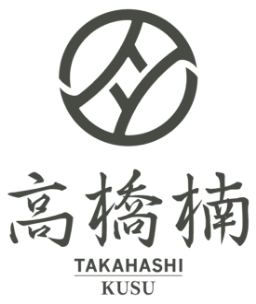Products

Japanese Knives
The main features of Japanese knives are that they are single-edged and use steel. Because of these features, they have a very sharp edge. With this, they can create a beautiful cut surface and the cells of food do not get damaged thereby maximizing the flavor of food.
-

For Cleaning EelsNagoya-saki
The top right corner (top left in the case of left handed knives) is rounded so that you don't cut your hand when cleaning eel. It is defined by its short blade and long handle.
-
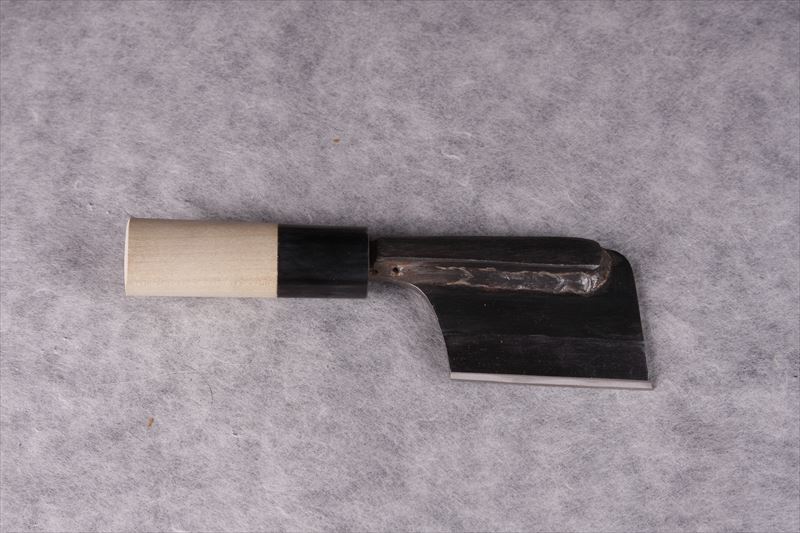
For Cleaning EelsKyo-saki
You grip the protruding part along the mine (spine) when using this knife.
-
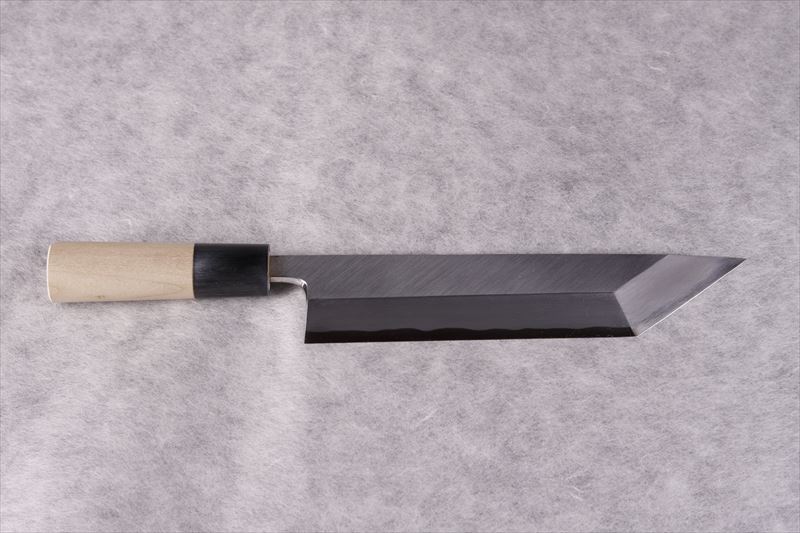
For Cleaning EelsEdo-saki
The knife's kissaki (point) is set at an angle, and the handle is short and its edges are beveled so that it fits comfortably in one's hand.
-
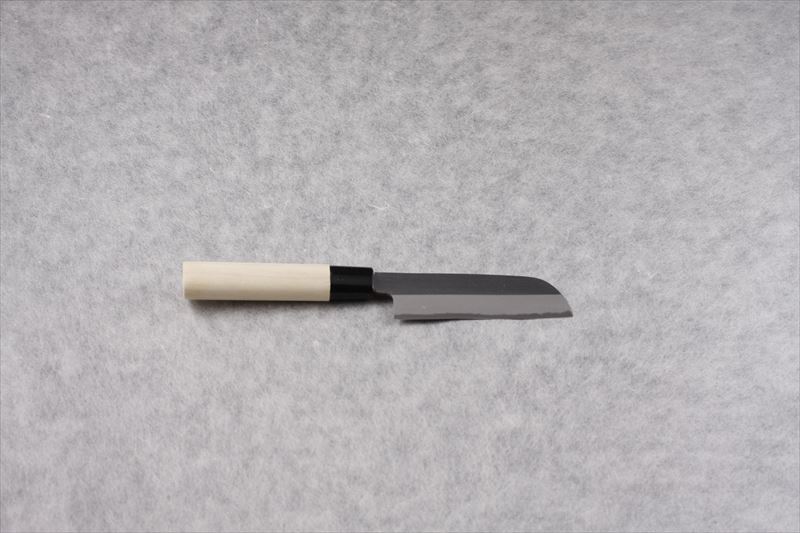
For VegetablesMentori/Kawamuki
A small version of kamausuba. There is both a single-edged type and a double-edged type, and it is used to peel vegetables.
-
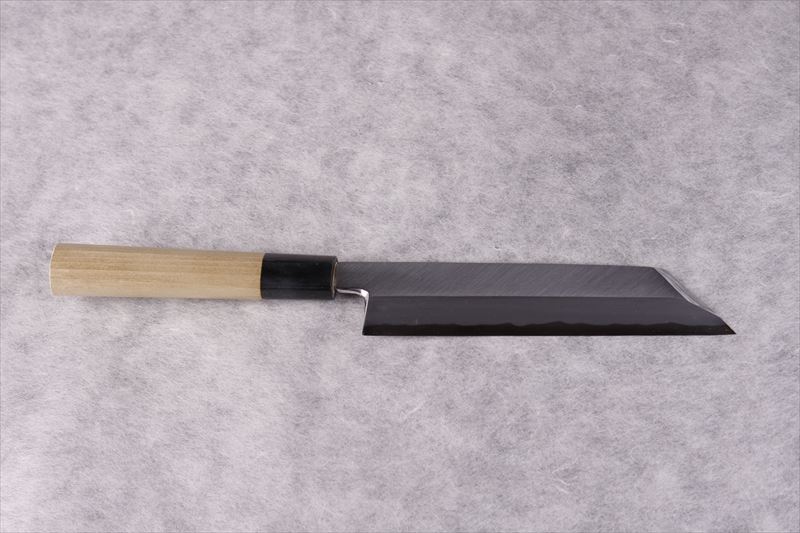
For VegetablesMukimono/Kenmuki
Its use is the same as usuba since it can be used to do anything regarding the preparation of vegetables. But it is little thinner than usuba and has a triangular kissaki (point).
-
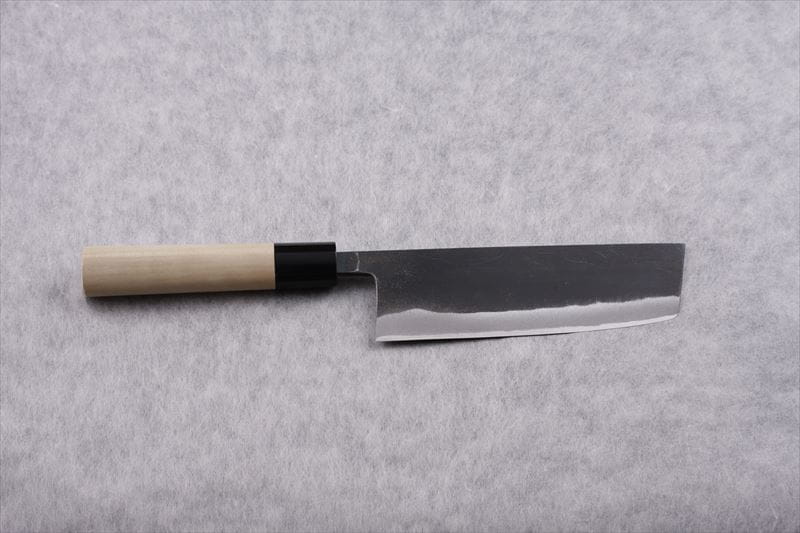
For VegetablesKyogata Nakiri
Unlike usuba, nakiri knives are double edged and most of them are kurouchi(*). A Kyogata (Kyoto style) knife's kissaki is slightly curved and it is also called jinarigata.
*A knife with the kireha part polished while leaving the obverse side of the "ji" black.
